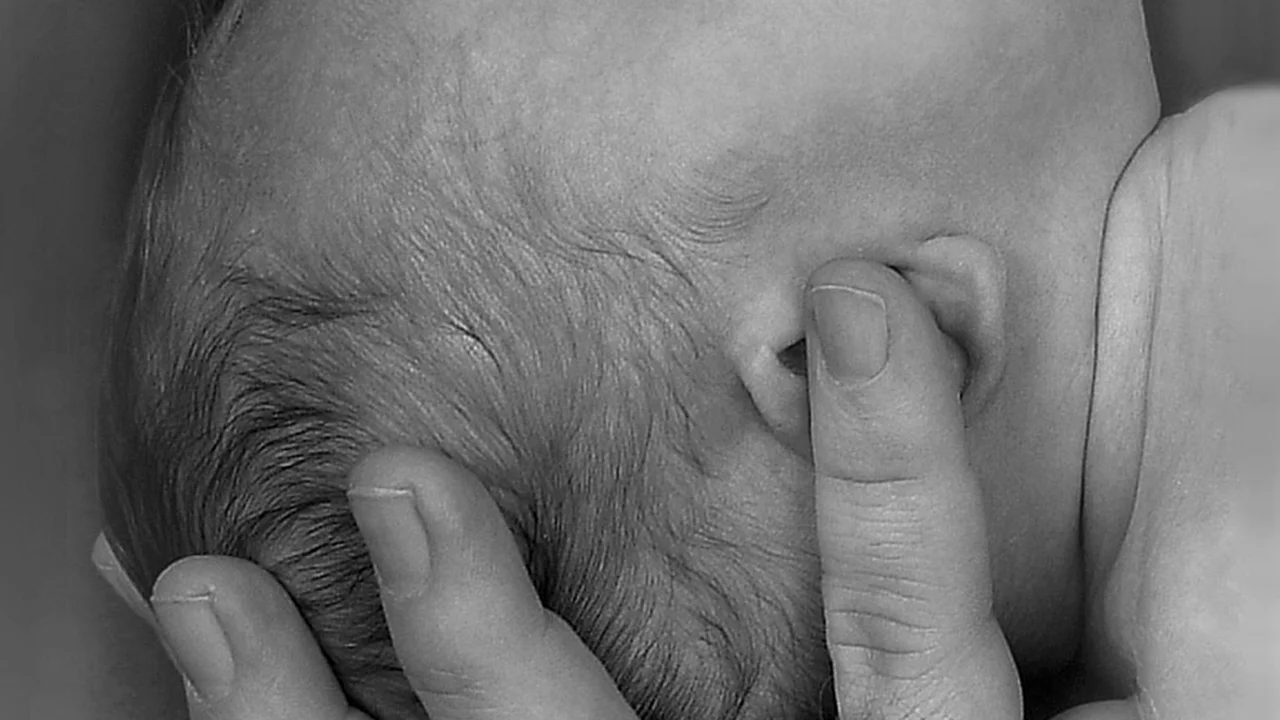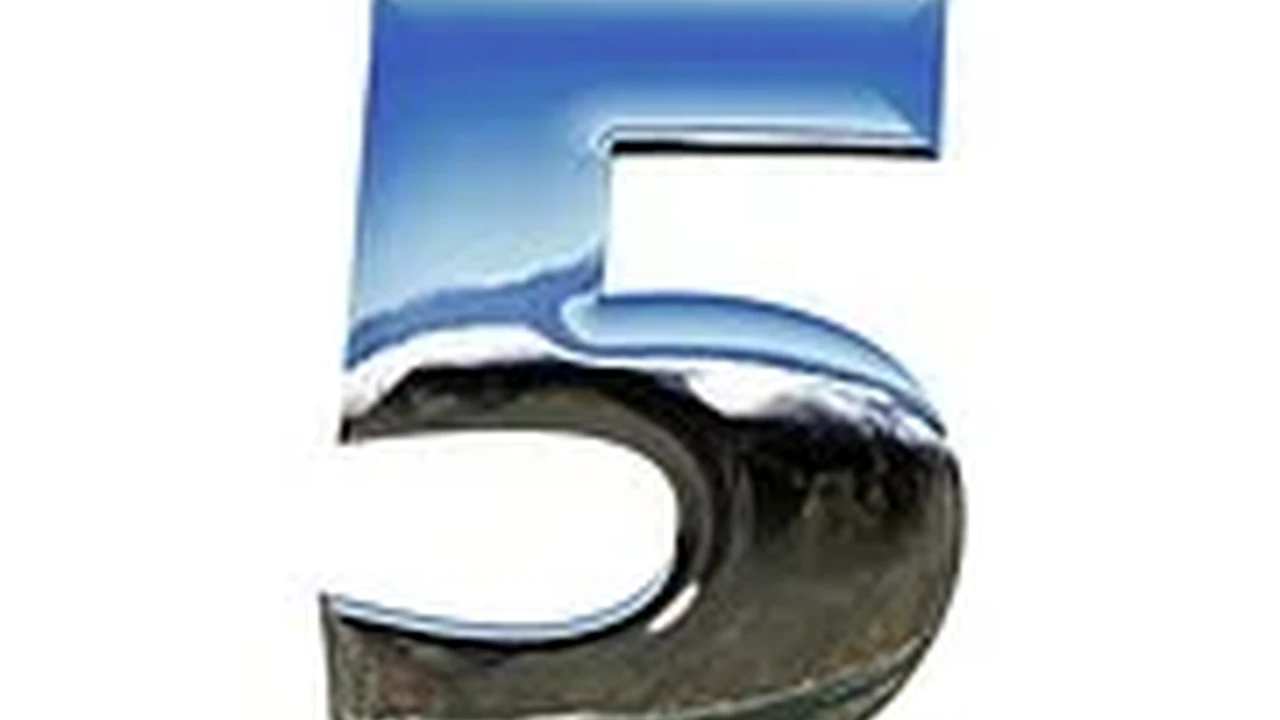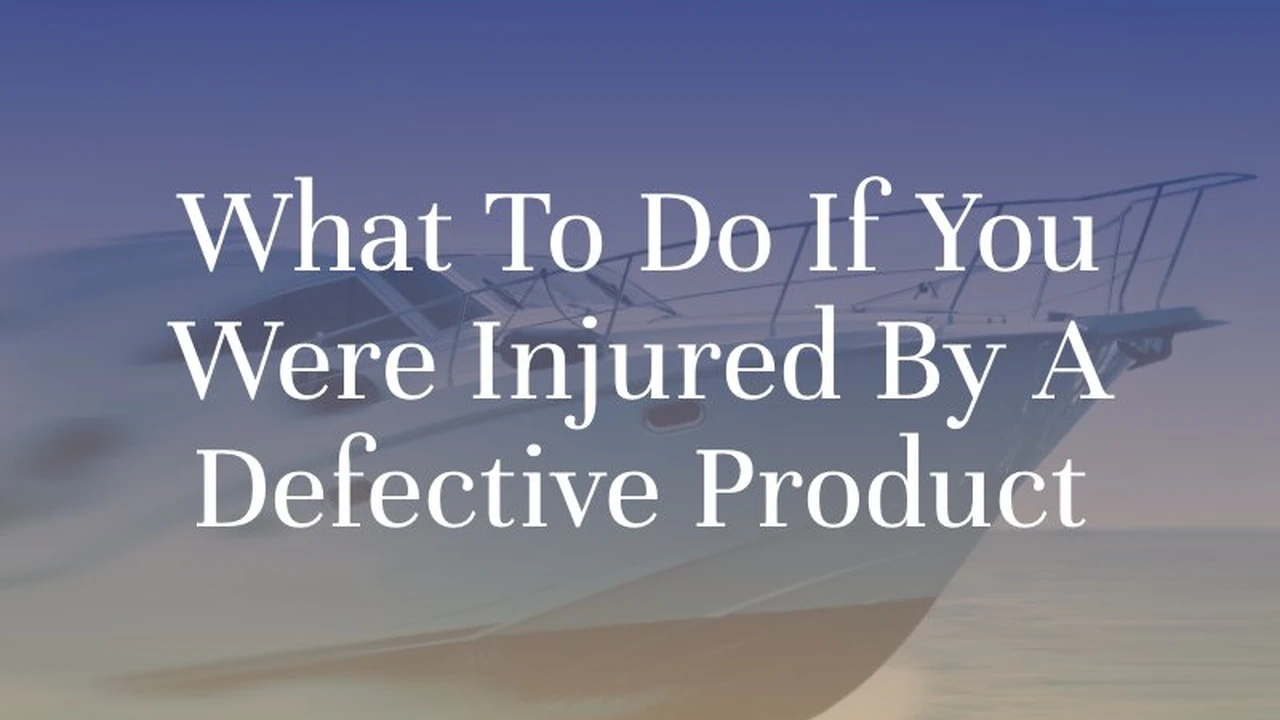Birth Injury Malpractice Compensation
Exploring compensation avenues for birth injuries caused by medical negligence.

Exploring compensation avenues for birth injuries caused by medical negligence.
Birth Injury Malpractice Compensation Understanding Your Options
Hey there. If you're reading this, chances are you or someone you love has experienced the unimaginable: a birth injury. It's a heartbreaking situation, and it often leaves parents with a whirlwind of emotions, questions, and financial burdens. The good news is, you're not alone, and there are legal avenues to explore for compensation if medical negligence played a role. Let's dive into what birth injury malpractice compensation is all about, what you need to know, and how to navigate this complex journey.
What Exactly is a Birth Injury and Medical Malpractice
First off, let's clarify what we're talking about. A birth injury isn't just any injury that happens during childbirth. It specifically refers to harm to a baby that occurs during labor, delivery, or immediately after, often due to medical negligence. This isn't about a natural complication; it's about a healthcare provider's failure to meet the accepted standard of care, leading to preventable harm.
Medical malpractice, in this context, means that a doctor, nurse, hospital, or other healthcare professional acted negligently, and that negligence directly caused your baby's injury. This could involve misdiagnosis, delayed treatment, improper use of medical instruments, or failure to monitor the mother or baby adequately.
Common Types of Birth Injuries and Their Impact
Birth injuries can range from mild to severe, with lifelong consequences. Some of the most common ones we see include:
- Cerebral Palsy: Often caused by oxygen deprivation to the brain during birth, leading to motor skill impairment.
- Erb's Palsy (Brachial Plexus Injury): Damage to the nerves in the neck and shoulder, affecting arm and hand movement. This can happen if a baby's shoulder gets stuck during delivery and too much force is used.
- Brain Damage: Can result from lack of oxygen, trauma, or untreated infections, leading to developmental delays, cognitive impairments, or seizures.
- Spinal Cord Injuries: Less common but devastating, often due to excessive traction or rotation during delivery.
- Fractures: Such as a broken collarbone, which can occur during difficult deliveries.
- Facial Paralysis: Damage to facial nerves, sometimes from forceps use.
The impact of these injuries isn't just physical. There are emotional tolls on the family, and significant financial strains due to ongoing medical care, therapy, specialized equipment, and potentially lost income for parents who become full-time caregivers.
When to Consider a Birth Injury Malpractice Claim Your Legal Rights
If you suspect your child's birth injury was due to medical negligence, it's crucial to explore your legal options. A successful birth injury malpractice claim can provide the financial resources needed to care for your child's long-term needs. This isn't about blame; it's about accountability and ensuring your child has the best possible quality of life.
You might have a case if:
- There was a clear deviation from the accepted standard of medical care.
- This deviation directly caused your child's injury.
- The injury resulted in damages (medical bills, pain and suffering, future care costs).
Remember, every state and country has different laws regarding medical malpractice, including statutes of limitations (deadlines for filing a lawsuit). It's vital to act quickly and consult with an experienced birth injury lawyer.
The Process of Filing a Birth Injury Malpractice Claim What to Expect
Filing a birth injury claim can be a lengthy and complex process, but knowing what to expect can help. Here's a general overview:
- Consultation with an Attorney: This is your first step. A lawyer specializing in birth injuries will review your case, medical records, and determine if you have a viable claim.
- Investigation: Your legal team will gather extensive evidence, including all medical records, witness statements, and expert opinions from other medical professionals.
- Filing the Lawsuit: If there's sufficient evidence, a lawsuit will be filed against the negligent parties (doctors, nurses, hospital, etc.).
- Discovery: Both sides exchange information, conduct depositions, and gather more evidence.
- Negotiation and Mediation: Many cases are settled out of court through negotiations or mediation.
- Trial: If a settlement isn't reached, the case goes to trial, where a judge or jury will decide the outcome.
Throughout this process, your lawyer will be your advocate, guiding you and fighting for your child's rights.
Types of Compensation Available for Birth Injuries Financial Support
The compensation awarded in birth injury cases aims to cover all damages resulting from the negligence. This can include:
- Medical Expenses: Past and future medical bills, including surgeries, medications, therapies, and specialized care.
- Lost Earning Capacity: If the child's injury will prevent them from earning a living as an adult.
- Pain and Suffering: Compensation for the physical pain and emotional distress experienced by the child and family.
- Loss of Enjoyment of Life: For the inability to participate in activities due to the injury.
- Specialized Equipment and Home Modifications: Costs for wheelchairs, accessible vehicles, home renovations, etc.
- Therapy and Rehabilitation: Physical, occupational, and speech therapy.
- Emotional Distress: For parents who have suffered emotional trauma due to their child's injury.
The goal is to ensure your child has the resources they need for a lifetime of care and support.
Choosing the Right Legal Representation for Your Birth Injury Case Expert Guidance
Selecting the right attorney is paramount. You need someone with specific experience in birth injury malpractice, a proven track record, and a compassionate approach. Look for a lawyer who:
- Specializes in medical malpractice and birth injuries.
- Has access to a network of medical experts.
- Offers a free initial consultation.
- Works on a contingency fee basis (you only pay if they win).
- Communicates clearly and keeps you informed.
Don't hesitate to interview several attorneys to find the best fit for your family.
Navigating Birth Injury Claims in the USA vs Southeast Asia Legal Frameworks
It's important to understand that legal systems vary significantly between the USA and Southeast Asian countries. While the core concept of medical negligence exists, the specifics of how claims are handled, the types of damages awarded, and the statutes of limitations can differ greatly.
In the USA:
The US legal system for medical malpractice is generally robust, allowing for significant compensation in successful cases. However, it's also highly complex, with state-specific laws, caps on damages in some states, and a need for extensive expert testimony. The discovery process is usually thorough, and trials can be lengthy. Contingency fees are common, making legal representation accessible.
In Southeast Asia:
Medical malpractice laws in Southeast Asian countries like Thailand, Vietnam, the Philippines, and Indonesia are often less developed or have different frameworks compared to the US. While patient rights are increasingly recognized, the process for claiming compensation can be more challenging. Some countries may have lower caps on damages, a greater emphasis on mediation or administrative processes, and different legal fee structures. Access to specialized medical malpractice lawyers might also be more limited. It's crucial to find a lawyer with expertise in the specific country's legal system and, ideally, experience with international cases if you're an expat or the incident involved international medical tourism.
Regardless of location, the principle remains: if medical negligence caused a birth injury, there should be a path to justice and compensation.
Support Systems and Resources for Families Coping with Birth Injuries Community and Aid
Beyond legal action, there are numerous support systems and resources available for families coping with birth injuries. These can be invaluable for emotional support, practical advice, and connecting with others who understand your journey.
- Support Groups: Organizations like the United Cerebral Palsy (UCP) or the Brachial Plexus Injury Group offer local and online communities.
- Non-Profits: Many non-profit organizations focus on specific birth injuries, providing information, advocacy, and financial assistance.
- Therapy Services: Early intervention programs, physical therapy, occupational therapy, and speech therapy are crucial for a child's development.
- Government Programs: Depending on your location, there might be government-funded programs for children with disabilities.
- Online Forums and Social Media Groups: These can be great for connecting with other parents, sharing experiences, and finding recommendations.
Remember, you don't have to go through this alone. Reaching out for help is a sign of strength.
Preventative Measures and Patient Advocacy Reducing Risks
While this article focuses on compensation after an injury, it's also worth touching on prevention and advocacy. Being an informed patient and advocate for yourself and your baby during pregnancy and childbirth can make a difference.
- Educate Yourself: Understand the birthing process, potential complications, and your rights as a patient.
- Communicate with Your Healthcare Team: Ask questions, express concerns, and ensure you understand all medical advice and procedures.
- Second Opinions: Don't hesitate to seek a second opinion if you're unsure about a diagnosis or treatment plan.
- Choose Your Providers Wisely: Research doctors and hospitals, looking at their experience, success rates, and patient reviews.
Your active participation in your healthcare journey is a powerful tool.
Understanding the Long-Term Care Needs and Costs Planning for the Future
One of the most significant aspects of birth injury compensation is planning for the long-term care needs and associated costs. These can be astronomical and extend over decades. Here’s a breakdown of what often needs to be considered:
Medical Care and Therapies
Children with birth injuries often require ongoing medical attention. This isn't just about doctor visits; it includes a range of specialized therapies:
- Physical Therapy: Essential for improving motor skills, strength, and mobility. Sessions can be frequent and long-term.
- Occupational Therapy: Helps children develop skills for daily living, such as eating, dressing, and fine motor coordination.
- Speech Therapy: Crucial for children with communication difficulties, which are common with certain brain injuries.
- Specialist Consultations: Regular visits to neurologists, orthopedists, developmental pediatricians, and other specialists.
- Medications: For managing seizures, spasticity, pain, and other symptoms.
- Surgeries: Some conditions may require multiple surgeries over a lifetime to correct deformities or improve function.
The costs for these can quickly add up, even with good insurance. A settlement needs to account for these expenses for the child's entire life expectancy.
Specialized Equipment and Assistive Devices
Many children with birth injuries will need various pieces of equipment to aid their mobility, communication, and daily living:
- Wheelchairs: Manual or powered, often needing upgrades as the child grows.
- Walkers and Braces: To assist with mobility and support.
- Communication Devices: For non-verbal children, these can range from simple picture boards to advanced eye-tracking technology.
- Adaptive Seating: Specialized chairs for home, school, and transport.
- Home Modifications: Ramps, widened doorways, accessible bathrooms, and lifts can be necessary to make a home safe and functional.
- Accessible Vehicles: Vans or cars modified with ramps or lifts for transportation.
These items are often expensive and require regular maintenance or replacement.
Educational and Vocational Support
Education is a fundamental right, but children with birth injuries may require specialized educational settings or support:
- Special Education Programs: Tailored curricula and teaching methods.
- Aides and Assistants: One-on-one support in the classroom.
- Assistive Technology for Learning: Software, devices, and tools to help with reading, writing, and comprehension.
- Vocational Training: As they get older, specialized training to help them find suitable employment.
Ensuring access to appropriate education is vital for their development and future independence.
Personal Care and Respite Care
Depending on the severity of the injury, a child may require assistance with personal care throughout their life:
- Caregivers: Professional caregivers for daily tasks like bathing, feeding, and dressing.
- Respite Care: Providing temporary relief for primary caregivers (parents), which is essential for their well-being.
The cost of round-the-clock care can be one of the largest components of a birth injury settlement.
Lost Earning Capacity for the Child and Parents
A birth injury can significantly impact a child's future earning potential. The settlement should account for the income they would have likely earned had the injury not occurred. Additionally, parents often have to reduce their work hours or stop working entirely to care for their child, leading to substantial lost income for the family. This too is a recoverable damage.
Pain, Suffering, and Emotional Distress
While harder to quantify, the physical pain, emotional suffering, and loss of enjoyment of life for the child, as well as the emotional distress experienced by the parents, are significant components of compensation. These non-economic damages acknowledge the profound impact the injury has on the family's quality of life.
When pursuing a birth injury claim, your legal team will work with life care planners and economic experts to meticulously calculate these long-term costs, ensuring that the compensation sought is comprehensive and truly meets your child's needs for their entire life.
Specific Product Recommendations for Birth Injury Support Assistive Technologies and Tools
When dealing with birth injuries, especially those leading to conditions like Cerebral Palsy or Brachial Plexus injuries, specific products and assistive technologies become indispensable. These tools can significantly improve a child's quality of life, independence, and developmental progress. Here are some categories and specific examples, along with their typical use cases and price ranges.
1. Mobility Aids for Cerebral Palsy and Motor Impairments
For children with motor difficulties, mobility aids are crucial for movement and exploration.
-
Product: Rifton Pacer Gait Trainer
- Use Case: Designed for children who need support to learn or improve walking skills. It provides trunk support, pelvic positioning, and can be configured for anterior or posterior use. Great for therapy sessions and home use to encourage upright mobility.
- Comparison: More robust and supportive than standard walkers, offering modular components to adapt to a child's changing needs. Less restrictive than a full wheelchair for those with some walking ability.
- Price Range: $1,500 - $5,000, depending on size and accessories.
-
Product: Specialized Adaptive Strollers (e.g., Convaid Cruiser, Maclaren Major Elite)
- Use Case: These aren't just regular strollers. They offer more support, positioning options, and durability for children with special needs who may outgrow standard strollers but aren't ready for a full wheelchair. Ideal for outings, appointments, and daily transport.
- Comparison: Much more supportive and customizable than typical strollers, but lighter and more portable than many wheelchairs. They often fold compactly.
- Price Range: $500 - $2,500.
-
Product: Custom Manual Wheelchairs (e.g., Quickie, TiLite)
- Use Case: For children with more significant mobility impairments, a custom manual wheelchair provides independence and proper positioning. Tailored to the child's specific measurements and needs.
- Comparison: Offers superior fit, maneuverability, and often lighter weight than standard or hospital-issued wheelchairs, which is crucial for a child's development and self-propulsion.
- Price Range: $2,000 - $10,000+, highly dependent on customization and features.
2. Positioning and Seating Systems for Posture and Comfort
Proper positioning is vital to prevent secondary complications and facilitate participation in activities.
-
Product: Specialized Adaptive Seating (e.g., Leckey Mygo Seating System, Jenx Multiseat)
- Use Case: Provides postural support for children with poor trunk control, allowing them to sit upright for feeding, learning, and social interaction. Can be used at home, school, or therapy.
- Comparison: Far more supportive and adjustable than high chairs or standard chairs, offering various straps, wedges, and headrests to maintain optimal posture.
- Price Range: $1,000 - $4,000.
-
Product: Standers (e.g., Rifton Supine Stander, EasyStand)
- Use Case: Allows children who cannot stand independently to bear weight, which is crucial for bone density, circulation, digestion, and social engagement. Can be supine (lying on back), prone (lying on front), or upright.
- Comparison: Provides full body support in a standing position, unlike gait trainers which focus on walking. Essential for health benefits that sitting cannot provide.
- Price Range: $1,500 - $6,000.
3. Communication Aids for Speech and Language Difficulties
For children with speech impairments, Augmentative and Alternative Communication (AAC) devices are life-changing.
-
Product: Eye-Gaze Communication Devices (e.g., Tobii Dynavox I-Series, Prentke Romich Company Accent)
- Use Case: For children with severe motor impairments who cannot use their hands to type or point. They can communicate by looking at words, symbols, or letters on a screen.
- Comparison: High-tech, sophisticated devices that offer a voice to those who otherwise couldn't communicate verbally or manually. Far more advanced than simple picture boards.
- Price Range: $10,000 - $20,000+, often covered by insurance or government programs due to medical necessity.
-
Product: Tablet-Based AAC Apps (e.g., Proloquo2Go, TouchChat)
- Use Case: These apps turn standard tablets (iPad, Android) into powerful communication devices. Users select symbols or type words, and the app speaks them aloud. More accessible and portable for many.
- Comparison: More affordable and widely available than dedicated eye-gaze devices, offering a good entry point into AAC. Highly customizable.
- Price Range: App cost $150 - $300 (one-time purchase), plus the cost of the tablet ($300 - $1,000).
4. Therapy and Sensory Integration Tools for Development
These products support ongoing therapy and sensory needs.
-
Product: Therapy Swings (e.g., Platform Swing, Cuddle Swing)
- Use Case: Used in occupational therapy and at home for sensory integration, vestibular input, and developing balance and core strength. Beneficial for children with sensory processing disorders often associated with birth injuries.
- Comparison: Designed for therapeutic benefits, offering specific types of movement and sensory input that regular playground swings don't.
- Price Range: $100 - $500 for home use, professional therapy swings can be more.
-
Product: Adaptive Utensils and Feeding Aids (e.g., weighted utensils, non-slip mats, specialized cups)
- Use Case: Helps children with fine motor difficulties or tremors to eat and drink more independently, reducing frustration and promoting self-feeding skills.
- Comparison: Specifically designed with larger handles, weights, or angles to compensate for motor challenges, unlike standard cutlery.
- Price Range: $10 - $50 per item.
When considering these products, it's always best to consult with your child's therapists (physical, occupational, speech) to determine the most appropriate and beneficial options for their specific needs. Many of these items can be partially or fully covered by insurance or through a birth injury settlement, as they are often deemed medically necessary for the child's development and well-being.
Navigating the world of birth injuries and potential medical malpractice is incredibly challenging. But with the right legal team and access to appropriate resources, you can secure the compensation and support your child deserves for a brighter future.
:max_bytes(150000):strip_icc()/277019-baked-pork-chops-with-cream-of-mushroom-soup-DDMFS-beauty-4x3-BG-7505-5762b731cf30447d9cbbbbbf387beafa.jpg)






